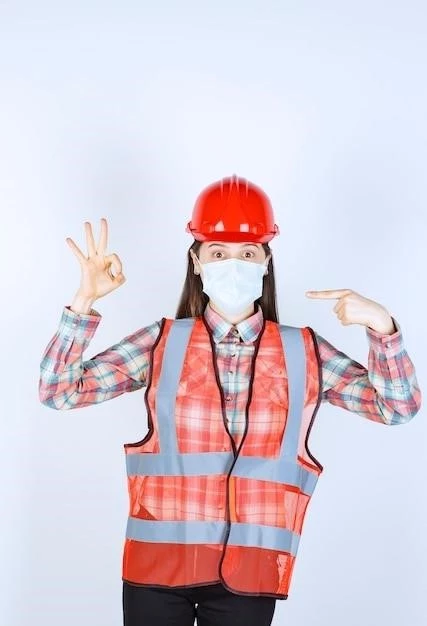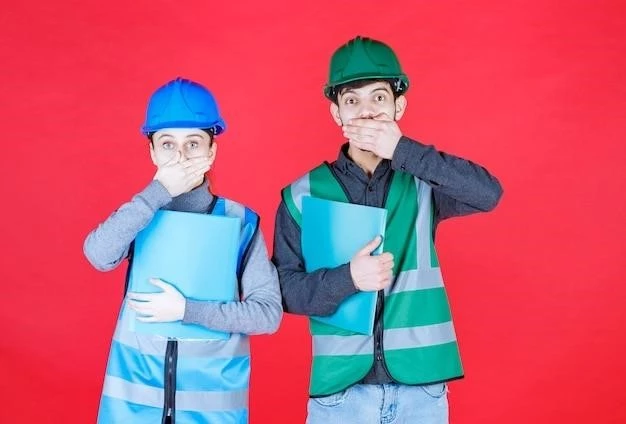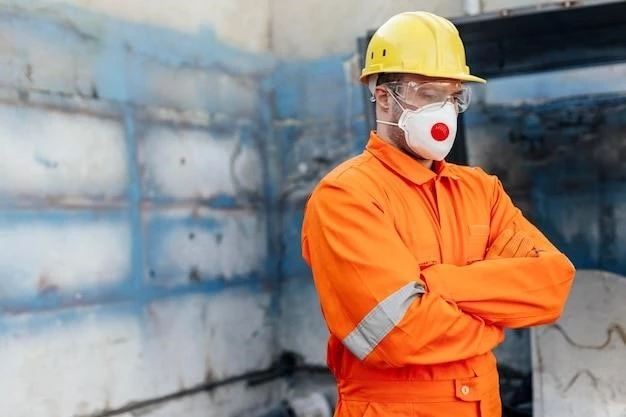The Role of OSHA in Protecting Workers: A Personal Perspective
As someone who has worked in various industries, from construction to manufacturing, I’ve seen firsthand the importance of workplace safety. I’ve also experienced the impact of OSHA (Occupational Safety and Health Administration) regulations on creating a safer work environment. This isn’t just about following rules; it’s about protecting lives, including my own.
My Early Encounters with OSHA
My first real introduction to OSHA came during a summer job at a construction site. I was young and eager, but I quickly realized that the work environment had its share of hazards. That’s when I saw OSHA inspectors on site. Initially, I thought they were there to find fault, but their presence led to some important changes:
- We received mandatory safety training on handling equipment and identifying hazards.
- The company provided us with proper personal protective equipment (PPE) like hard hats, gloves, and safety glasses, and more importantly, enforced their use.
- Unsafe practices, like leaving tools lying around or not securing scaffolding properly, were addressed immediately.
These changes weren’t always popular with everyone, but I felt a sense of relief. Knowing that there were standards in place and someone to enforce them gave me peace of mind.

OSHA’s Impact Beyond the Surface
Over the years, I’ve learned that OSHA’s role goes beyond just inspections and penalties. Here are a few key takeaways from my experience:
1. OSHA Sets the Standard for Safety Culture:
OSHA regulations provide a framework for companies to establish safety protocols. This isn’t just about avoiding fines; it’s about creating a culture where safety is everyone’s responsibility. I’ve worked in places where safety was woven into the fabric of the workplace, and it makes a world of difference.
2. Knowledge is Power:
OSHA provides a wealth of resources and information on hazard identification, control, and prevention. I’ve used their website countless times to educate myself on specific risks associated with my job and to find best practices for staying safe.
3. A Voice for Workers:
One of the most crucial aspects of OSHA is its role in protecting workers’ rights. OSHA regulations give employees the right to:
- File a complaint: If I ever witness unsafe working conditions or experience retaliation for raising safety concerns, I know I can file a confidential complaint with OSHA.
- Request an inspection: If I believe my workplace has serious hazards, I have the right to request an OSHA inspection.
- Receive training: OSHA mandates employers to provide training on various safety topics, empowering us with the knowledge to protect ourselves and our colleagues.
These rights are essential, as they empower workers to speak up without fear of retribution and ensure that employers are held accountable for maintaining a safe workplace.
OSHA: A Work in Progress
While OSHA has undoubtedly made workplaces safer, there’s always room for improvement. Here are some challenges I’ve observed:
- Resource Constraints: OSHA has a vast responsibility with limited resources. This can sometimes lead to delays in inspections or enforcement actions.
- Keeping Pace with Evolving Risks: New technologies and work practices bring new hazards. OSHA needs to continually adapt its regulations and guidance to address these emerging risks effectively.

My Conclusion: OSHA Matters
Despite the challenges, my experiences have convinced me that OSHA plays a vital role in protecting workers like me. Their regulations, enforcement actions, and resources have led to a significant decline in workplace fatalities and injuries over the years.
OSHA’s presence doesn’t just create a safer workplace; it fosters a culture of safety. It empowers workers to speak up about hazards, encourages employers to prioritize safety measures, and ultimately saves lives. As someone who has benefited directly from their work, I believe in the importance of supporting and strengthening OSHA’s mission to ensure that everyone can return home safely at the end of the workday.












